What minerals are in Congo
Minerals Found in the Democratic Republic of the Congo (DRC)
The Democratic Republic of the Congo (DRC) is one of the most mineral-rich countries in the world. Its vast natural resources include a wide array of valuable minerals that play a crucial role in global industries, especially in electronics, aerospace, and renewable energy.
Here are five key minerals found in the DRC:
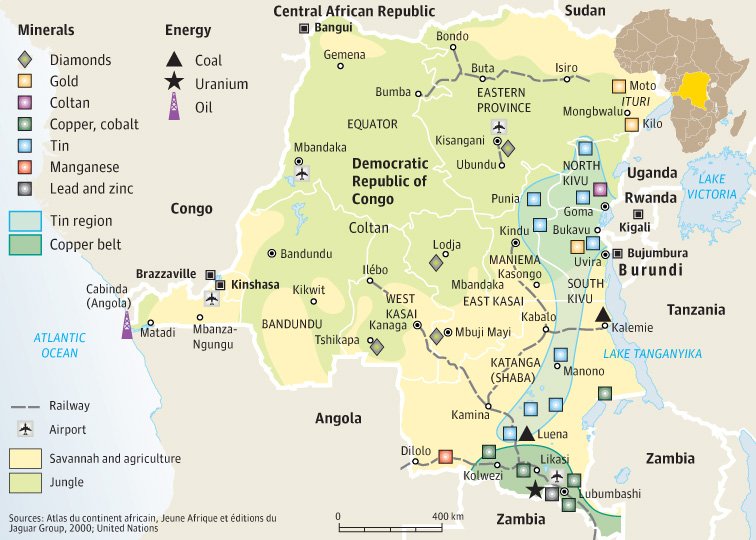
1. Cobalt
Cobalt is a critical component in lithium-ion batteries used in smartphones, laptops, and electric vehicles. The DRC produces over 70% of the world’s cobalt supply, making it a global leader in this strategic mineral.
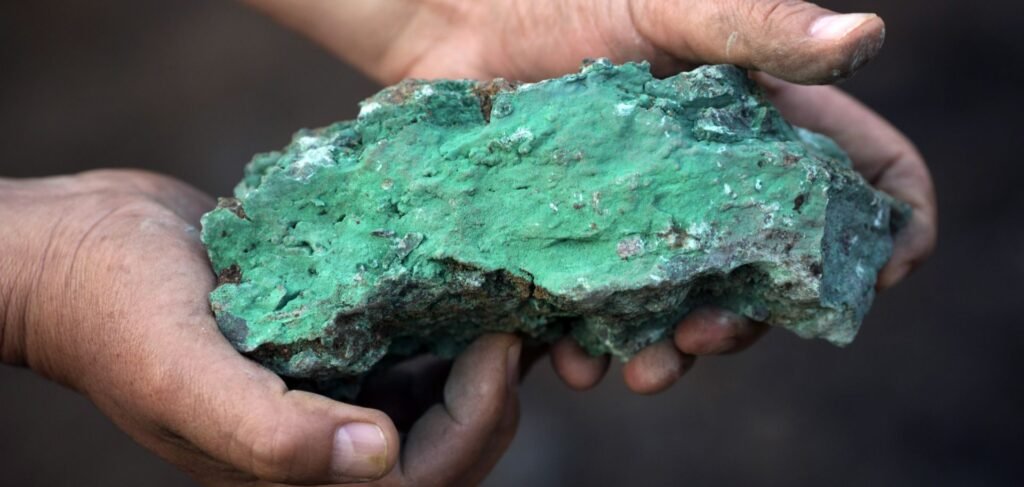
2. Copper
Copper is widely used in electrical wiring, electronics, and industrial machinery. The DRC ranks among the top copper-producing countries globally, with major deposits located in the Copperbelt Province.

3. Coltan (Columbite-Tantalite)
Coltan is essential for manufacturing capacitors in devices like smartphones and computers. The DRC holds significant reserves of coltan, especially in the eastern regions, though its mining has been linked to conflict and environmental concerns.
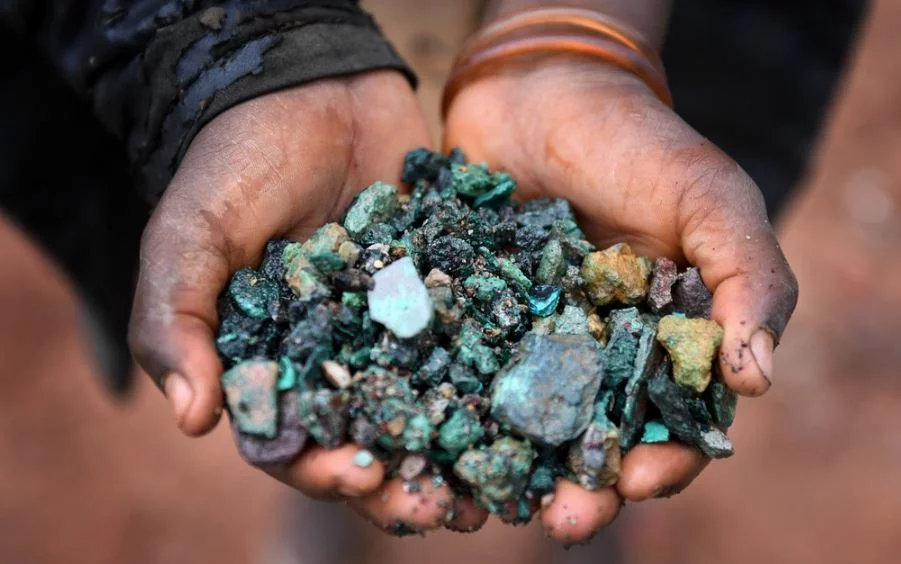
4. Gold
Gold mining is widespread in the DRC, particularly in the northeastern regions. The country produces both alluvial and hard-rock gold, though much of the production comes from informal or artisanal mines.
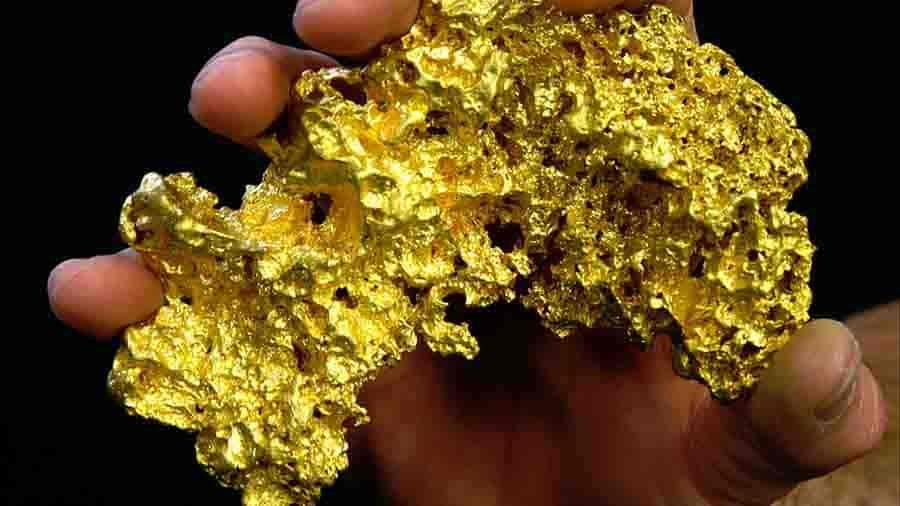
5. Diamond
The DRC is among the top diamond producers in Africa. The majority of diamonds are industrial-grade, used in cutting and polishing tools, although gem-quality diamonds are also found.
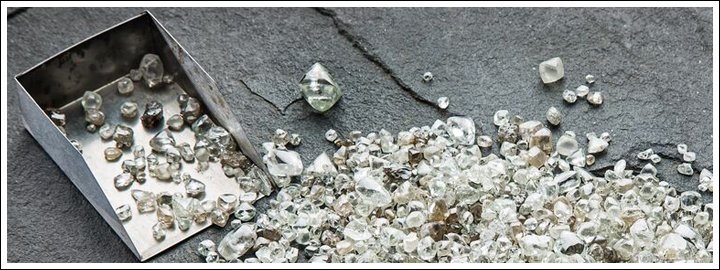
Frequently Asked Questions (FAQs)
Q: Why is the DRC rich in minerals?
A: The DRC’s geological makeup, formed over millions of years, includes rich deposits of metals and minerals due to tectonic activity and volcanic processes in central Africa.
Q: Is the DRC the largest producer of cobalt?
A: Yes, the DRC is the world’s largest producer of cobalt, accounting for the majority of global supply.
Q: Are DRC minerals considered conflict minerals?
A: Some minerals from the DRC, particularly from the eastern regions, have been classified as conflict minerals due to their association with armed groups and illegal mining activities.

